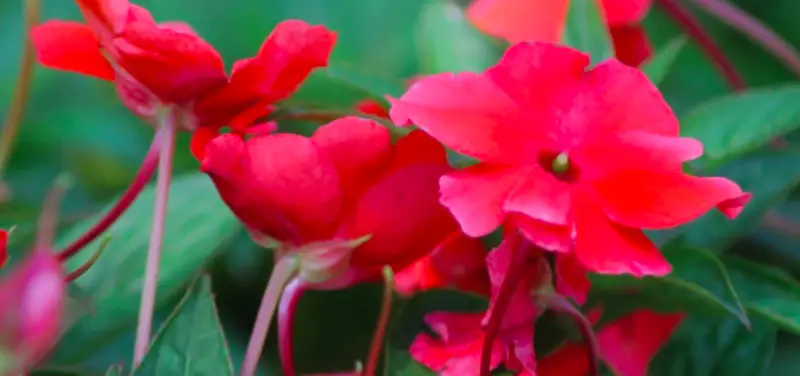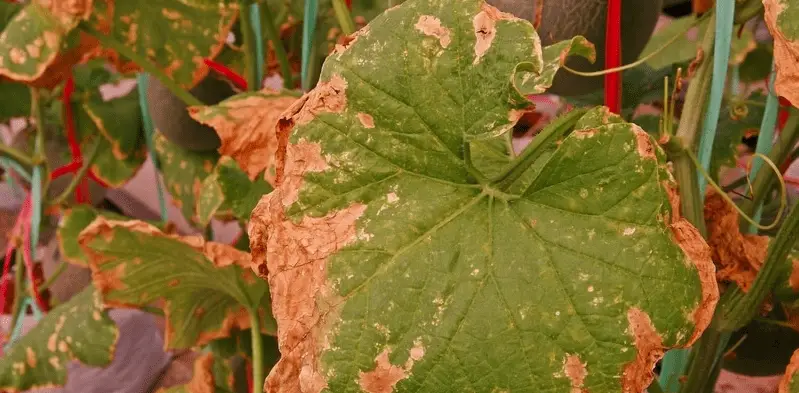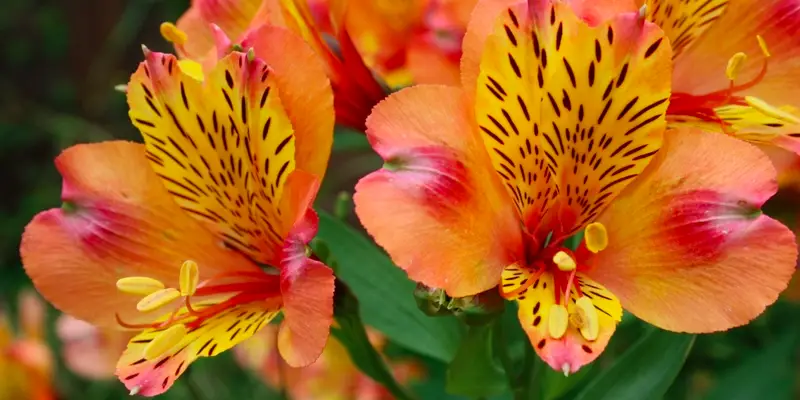The Monstera deliciosa is a tropical plant that has been around for centuries. In fact, it is one of the world’s most popular houseplants. It has large, glossy leaves with an exotic look about them.
If you are the proud owner of one of these beauties, then you may have wondered if it is possible to propagate without using a node. Well, let’s find out…
Is It Possible To Propagate a Monstera Without a Node?
No, it is not possible to propagate a monstera without a node. This is because nodes contain everything needed for new growth. While you can keep cuttings in water for a few weeks, nothing will grow if there isn’t a node present on the cutting.
Many people make the mistake of planting a monstera leaf and expecting it to grow into a new plant. However, they are frequently left disappointed when nothing happens. This is usually the case when a monstera stem breaks and the owner tries to save the stem.
I will explain what node is and why they are so important when you want to propagate your monstera plant…
What is a Monstera Node?
A monstera node is the point on the stem where new growth can be generated. When you take your monstera leaf and place it in water, this process will eventually create a root system at nodes on the stem of the plant.
A monstera node is found on every petiole of your monstera plant. It is important to note that they may not be easy to spot. However, if you look closely at the stem of your monstera plant, then you will be able to see white/brown knobs poking out from the plant – these are the nodes!
Monstera plants are known for their ability to put out new growth. In fact, each individual node comes with the potential of developing more leaves and roots, meaning that there can be many opportunities to propagate the monstera.
How To Take a Monstera Node Cutting?
Now that you know what a monstera node is, you might be wondering how to take one of these nodes and grow a new monstera plant. It is quite simple to propagate your own monstera stem by following these steps:
1) Look for the “V”
First, look for the perfect node to cut. Do this by looking for the “V” shape, which is the exact location on the stem where two leaves split from each other. To be sure you’ve included a node, cut two to three inches below the “V.”
When deciding where to cut, think about the shape and size that you want for your mother plant. It is best to have at least one node on your cutting, but it is even better if there are many nodes and leaves.
2) Cut with sterilized shears
Next, make a cut a few inches below the “V”. It’s important that the shears or scissors are sterilized so no bacteria is transferred to the plant. Also, be sure not to touch any leaves when you are cutting because this will spread dirt and contaminants onto your new monstera stem.
Make a clean cut. There’s no need to saw at the stem. If you are, there’s a good chance you have some blunt shears, which need replacing.
3) Prune smaller leaves
This isn’t 100% necessary, but many people do it so that most energy goes to the large plants and other important areas.
How to Root a Monstera Node Cutting?
You can choose to root a monstera node cutting in either soil or water. The decision is up to you, but there are a few factors that might sway your decision. I prefer water as it allows you to watch the node cutting grow and flourish.
Here’s how to propagate a monstera node:
1) The first step is to let the node cuttings dry for 10 minutes. Doing this prevents root rot when the open area scabs over.
2) For rooting in water, it’s best to use a tall pot with plenty of room for your stem. A wide container is also suitable but make sure that the stems are upright so they don’t tip over. Position the monstera steam in the container, and then add water on top. The leaves should be outside of the water.
You can use any type of water, but I always prefer using filtered water when watering plants or propagating new ones. You may also want to dip the cutting into honey before propagating.
3) After a few months, roots should be emerging from the node. This is when the cutting can be moved into a pot filled with well-draining soil. It may be a good idea to use potting soil with at least one drainage hole in it. A small container is necessary, too!
4) Rooting hormones can be helpful for fast-growing plants like monstera plants. Use a little rooting hormone on the end of your cutting before planting to speed up development and help new roots form more quickly than they would otherwise.
5) Plant the cutting deep to keep all roots and nodes below ground level. Make sure to bury it deep enough for stability and balance!
Monstera Node FAQs
Monstera propagation isn’t the easiest thing to learn. As such, I will now answer some of the most frequently asked questions.
What are internodes?
Internodes are the spaces between nodes. They help to increase a monstera stem’s strength and flexibility, allowing it to grow up into trees in its natural habitat…
How long do monstera leaves stay fresh?
Monstera leaves typically last around two weeks when placed in water. However, if cuttings from your plant don’t root within this time frame, you should discard them as they will not take.
Is an aerial root a node?
No, aerial roots are not nodes, but aerial roots do protrude from nodes. These long, white tendrils that grow from Monstera stems allow the plant to climb and cling onto branches in its natural habitat. You can learn more about aerial roots here.
What is a monstera petiole?
A Monstera petiole is the stem that connects the monstera leaf to the main monstera stems. They are easily identified by their darker green color, which contrasts with the paler monstera leaf.
Conclusion
In conclusion, monstera propagation is a fun and easy way to create new plants. Although many people don’t realize this at first, you can only propagate a monstera that has a node attached.
Trying to propagate a nodeless cutting is a complete waste of time. Just follow the steps above, and you’ll be well on your way to growing lots of monstera plants!
I hope you have enjoyed reading this blog post. If so, feel free to check out my other blog posts on monstera propagation, monstera care, and more! If you would rather divide your monstera into two plants, then I have a great article on how to split a monstera.
Tim is an avid gardener from the UK. He was the founder of PlantCarer.com from 2021 to Sep 2023. He sold PlantCarer.com to Aaron. He has since started his own business called Seed To Supper, which provides new gardeners all the materials you need in a box (pots, seeds, compost and instructions) to grow your own delicious and nutritious vegetables and herbs from start to finish – no garden required.









0 Comments